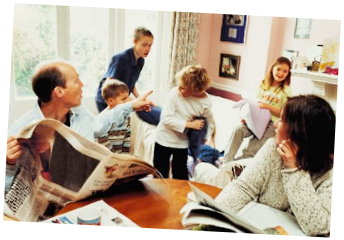Growing numbers of adults and children live in stepfamilies, due to high rates of divorce and remarriage and the many couples in which one or both partners have children from a prior non-marital relationship.





Although stepfamilies have many strengths, couples forming stepfamilies also face many unique challenges, including complicated family dynamics (e.g., how to co-parent with ex-partners, how to form a relationship between a stepparent and child), unclear or unrealistic expectations for what the stepfamily should look like, negative societal views about stepfamilies, and social isolation. Perhaps due to these challenges, many stepfamilies are at high risk for divorce, family disruption, and poor child outcomes (e.g., mental health problems, substance use, and school difficulties).


We are interested in studying the factors that can place stepfamilies at risk, so that we can know better how to help members of stepfamilies achieve their goals of having happy and stable families that support healthy child development. Towards this aim, we conduct studies exploring different family characteristics and behaviors that are linked with poor stepfamily outcomes.


We are also currently developing a family education program that is designed specifically to meet the unique needs of stepfamilies. We plan to evaluate this program’s effectiveness in helping stepfamilies build and maintain satisfying and stable families.



